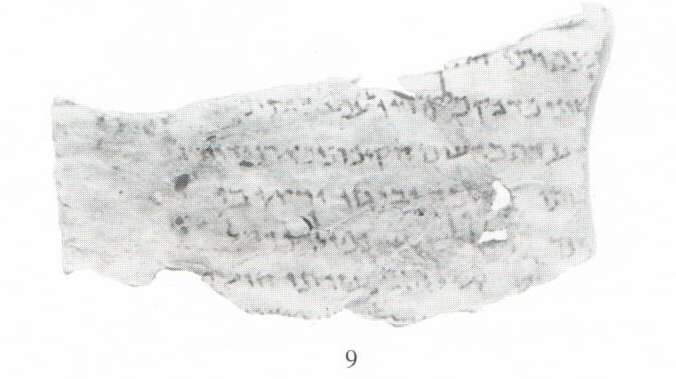JW:rakovsky wrote:Thanks Iskander.iskander wrote:Good work rakovsky. I sometimes wonder why good religious people come to forums to discuss utter trivia.
The Judaism of Moses is nothing like the Judaism of today. The Masoretic text was compiled around 700 A.D. and it is a heavily edited text.
https://theorthodoxlife.wordpress.com/2 ... al-hebrew/
For me some years ago it was a real question whether the old testament predicted whether the idea of a Messiah who was killed and resurrected, because it was a stage in my life where I wanted to verify religious claims. Psalm 22 is one of the places that discusses this prediction.
The issue with v. 17 about "like a lion" Vs "pierced/gouged" is that pierced /gouged bears an uncanny resemblance to Christ's killing. That is, it tells us to look to a Messiah whose hands and feet were gouged.
Spin, in his writing above, is saying that when looked at alone, the word in question looks like it is written as dug, ie. karu, but that the u in karu is not certain because he says that in other lines the y are drawn long and look like u. But this claim that the y elsewhere are drawn long still does not look clear to me or deal with the fact that the y in the same line are not drawn long. I invite him to vis it my webpage where I discuss Psalm 22.
rakovsky, first of all I want you know that I'm breaking Peter Kirby's oldest rule here by arguing on the same side as spin. Secondly, I think even "Mark's" Jesus would be sore amazed that regarding an issue that it is about what the actual offending fragment shows you have presented as evidence every supposedly related picture except the actual picture. The actual picture has been published, is available and has been reproduced by me ad nazorean. So in addition to asking yourself if you feel lucky arguing against me/spin you need to ask yourself why you have made a conclusion about what the actual fragment shows without apparently looking at the actual fragment. spin would say that's "naughty". I would say something else.
Joseph
Psalm 22:17, Hebrew Text, "Like A Lion". Determining Who's Original And Who's Lion? Nahal Hever Fragment

